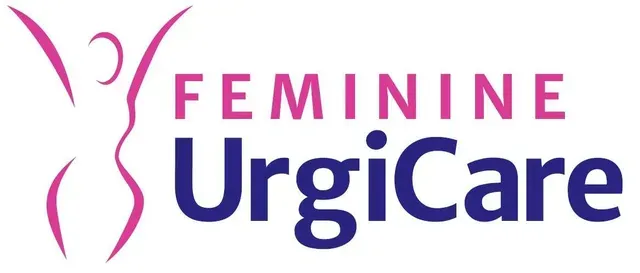Strategic Blunders: How to Use ‘Oops’ to Your Advantage
As humans, we’re wired to make mistakes. It’s an inevitable part of growth and progress. However, in the realm of strategy, a well-timed "oops" can be a powerful tool for turning setbacks into opportunities.
In this article, we’ll explore how embracing strategic blunders can actually work in your favor. From learning from failure to manipulating perceptions, we’ll delve into the ways that "oops" can be repurposed as a potent tactic.
The Art of Failing Forward
One of the oops-play.com most significant advantages of acknowledging and learning from mistakes is the ability to pivot and adjust course. In the business world, companies like Amazon and Google have made fortunes by embracing failures and using them as stepping stones for growth.
When confronted with setbacks, it’s tempting to try to salvage the situation or deflect blame. However, by owning up to mistakes and taking responsibility, you can create an environment of openness and transparency that fosters innovation and resilience.
Take, for example, Amazon’s infamous 1-Click ordering feature, which was initially met with criticism over security concerns. Rather than abandoning the idea, the company adapted, implementing additional safeguards and refining the service to better meet customer needs. This willingness to learn from failure has become a hallmark of Amazon’s success.
The Power of Perception
Another aspect of "oops" is its potential for manipulating public perception. By framing mistakes as opportunities or learning experiences, you can shift attention away from the actual error and onto your company’s commitment to growth and improvement.
This tactic can be seen in the world of politics, where politicians often use gaffes or controversies as a way to rebrand themselves or change the subject. While some might view this approach as cynical or dishonest, it highlights the importance of presentation in strategic communication.
In 2012, Mitt Romney’s presidential campaign was plagued by controversy over his statement on "47 percent" of Americans being dependent on government assistance. Rather than doubling down, the campaign shifted focus to Romney’s business experience and economic policies, effectively neutralizing the negative attention.
Creating a Culture of Accountability
A well-crafted "oops" can also be an effective way to establish a culture of accountability within an organization. By encouraging employees to speak up when mistakes are made, you create a feedback loop that helps identify areas for improvement and prevent future errors.
This approach has been successfully implemented by companies like Zappos and REI, which prioritize transparency and employee empowerment in their decision-making processes. By acknowledging the value of failure, these organizations foster an environment where employees feel comfortable taking risks and sharing concerns.
The Importance of Humility
One of the most significant strategic blunders is that of hubris – the overestimation of one’s abilities or knowledge. When we’re convinced of our infallibility, we become less receptive to feedback and more likely to make rash decisions.
Embracing "oops" requires a healthy dose of humility, acknowledging that even the best-laid plans can go awry. By staying grounded and open-minded, you create space for others to contribute and share their perspectives.
Strategic Blunders in Action
To illustrate the concept of strategic blunders, let’s examine a few real-world examples:
- Facebook’s IPO : In 2012, Facebook launched its highly anticipated initial public offering (IPO), which was met with criticism over issues like governance, valuation, and user growth. Rather than backing down, CEO Mark Zuckerberg doubled down on the company’s vision for social media and technology, using the IPO as an opportunity to refocus attention on innovation.
- Tesla’s Autopilot Debacle : In 2016, Tesla faced controversy over a fatal crash involving its Autopilot system. While some might have used the incident as a reason to pull back on autonomous driving initiatives, Elon Musk chose to emphasize the importance of AI and human safety in transportation.
In each case, "oops" became an opportunity for growth, learning, and rebranding. By owning up to mistakes and using them as stepping stones, these companies turned what could have been catastrophic setbacks into strategic gains.
Conclusion
Strategic blunders are an inevitable part of success, but by embracing the "oops" factor, you can create a culture of accountability, humility, and innovation. Remember that even the most well-intentioned plans can go awry; it’s how you respond to those moments that truly matters. By learning from failure, manipulating perceptions, and prioritizing transparency, you can turn strategic blunders into opportunities for growth and transformation.
